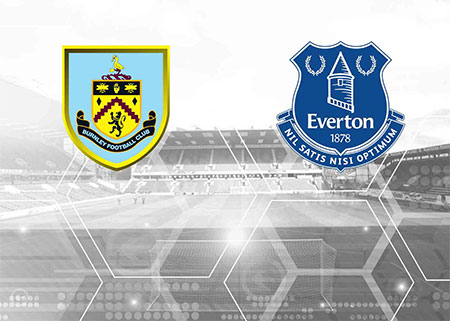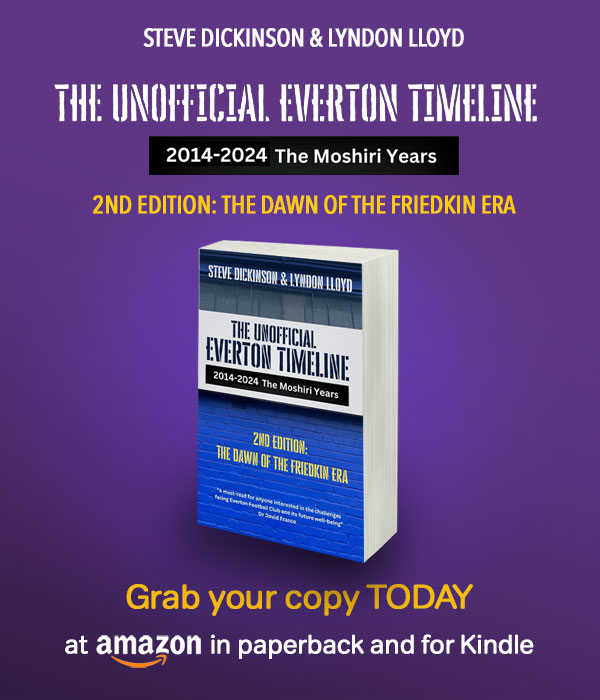Hi all, I thought that with the site being swamped with posts related to the current situation, that I could take the opportunity of introducing examples of football prior to the formation of the Premier League.
Accrington
Founded: 1876
Ground: Peel Park.
Sandwiched, as Accrington is, between Blackburn and Burnley, only enthusiastic local loyalty could provide sufficient support to guarantee any football club in the town a stable position in the Football League. The present club is the successor of the Accrington FC, which was one of the twelve original members of the Football League in 1888. For five seasons the club remained in the First Division, but only once in 1889-90 did it reach as high as 6th in the League table.
After season 1892-93, Accrington dropped out of the Football League, and as Accrington Stanley joined the Lancashire League, of which it remained a member until after the First World War.
An original entrant into the Lancashire Cup competition in 1879, Accrington won this trophy three times, in 1881, 1888, and 1889.
Aston Villa
Founded: 1874
Ground: Villa Park
Lads connected with the Aston Villa Wesleyan Chapel, having got themselves a football, they turned themselves into Aston Villa FC in 1874. They were coached by a Scotsman named George Ramsey, and their ground rented at £5 per annum, was at Perry Barr. Soon they were in local cup-ties, and as their fame spread and their gates increased, so did their landlord's demands for more rent.
By 1880 the "Vllans" had won the Birmingham Cup, having been runners-up in 1876, (this trophy they captured sixteen more times before the First World War). Then they beat Walsall Swifts 4-1 in the Staffordshire Senior Cup in 1881 and subsequently won that cup on fourteen occasions before 1932. The Lord Mayor of Birmingham's Charity Cup in 1882 was the next honour, and 1882-83 saw them making headway in the National Cup [FA Cup] competition, which they first won in 1887 by beating their neighbours West Bromwich Albion at the Oval.
Villa was an automatic selection for inclusion in the Football League in 1888, especially as William McGregor the "League's Father" was connected with the club. They retained a place in Division 1 until 1936, being League Champions six times in 1884, 1896, 1897, 1899, 1900, and 1910. For two seasons they dropped into Division 2, but from 1939 to 1955, whilst they were never in danger of relegation, they came near to it in season 1955-56, and in 1959 the blow fell at last.
Although since 1939 they have only twice passed the sixth round of the FA Cup, they have figured in sixteen semi-finals and in nine finals of which they have won seven, which is a record. In 1892, in the last Cup Final played at the Oval, they lost to West Bromwich Albion but, at Crystal Palace in 1895, the result was reversed. Within 30 seconds of the kick-off, John Devey had scored, and thousands never saw that winning goal, as they were shuffling into their places or reading their programmes. Then Villa 'lost the Cup' – it was stolen from the window of a shop in which it was on exhibition.
In 1897, they won the new trophy by beating Everton in a hectic rush of some 25 minutes, during which all five goals were scored, three by Villa. Then came 1905 with Newcastle United in opposition, over 101,000 people were there and Harry Hampton and Howard Spencer proved to be the masters. Then Sunderland, in the final for the first time, and soon to be League Champions, tried to overwhelm them in 1913, over 120,000 were there to see this "Homeric" fight. Near the end, right-half Barber headed home from a corner kick, and Villa had equalled the record, they had won the Cup five times.
The sixth success was at Stamford Bridge in 1920, when the only goal came in extra time, something that had never taken place in a Cup Final. Again it was a corner kick which provided the lead-up, but this time the ball hit Kirton on the back of his head and he scored without knowing that he had done so. By this, Villa established another record: no club had ever won the Cup six times, until Andy Ducat took it from the present Duke of Gloucester. In 1924 at Wembley, it was Newcastle again, but in the last eight minutes, the debt of 1905 was squared. Newcastle scored twice, and it was not until 1957 that Villa succeeded in reaching another final, where they won 2-1 against Manchester United.
Blackburn Rovers
First formed in 1874, re-formed 1875
Ground: Ewood Park
Over 80 years of age and still active! To condense the story of the "Blue and Whites" into a short chapter is to summarize its highlights. Formed originally in 1874 by Old Boys of Blackburn Grammar School, John Lewis and Arthur Constantine ably assisted by A N Hornby, and by such Old Malvernians as Fred and John Hargreaves, and D H Greenwood. After it became known as Blackburn Rovers in 1875, the club was the darling of the Gods in the eighties, the first northern team to challenge the superiority of the southern Old Boys clubs in Cup matches. They emulated and equalled the record of the earlier Wanderers, by winning the FA Cup in three successive seasons, winning it on three more occasions and appearing no less than fifteen times in the semi-finals.
One of the original members of the Football League in 1888, Blackburn Rovers stayed in Division 1 until 1936, when they fell into Division 2, returning to the higher grade in 1939 but again losing their place in 1948. Twice, in 1912 and 1914 they were League Champions, and gained third place on three other occasions 1890, 1910, and 1915. In 1954, they missed promotion by one point only, but in 1958 finished runners-up and rejoined the top Division.
Many are the stories connected with the Rovers, in their first season they won every match, and as they had no ground, they were all won away from home. In 1879, they first entered both the FA Cup and the Lancashire Cup competitions. In 1880-81 they played forty-one matches, losing five and scoring 214 goals to 52. By 1911, they had won the Lancashire Cup eleven times, an easy record.
But probably the great contribution of the Rovers to the game has been in the status of the players which it has provided in international matches, and in the loyalty which the club has had from its members. Who can overlook the influence of the great Bob Crompton, captain of England for more than a decade?
Romance too, is attached to their grounds, the first one had a pool in the middle, which the players covered over with planks and sods of grass. Then in 1876, they obtained Alexandra Meadows, where in 1879 a gate of 5,000 saw them play Partick Thistle. In 1890 the club took a ten years lease of Ewood Park, spent £1,000 on improving the ground and bought it in 1894 for £2,500. It was here in 1922 that J McIntyre scored four goals in five minutes against Everton.
The restoration of the highest class of football to Ewood Park in 1958-59, was reflected in much improved attendances, the season's average being substantially higher than anything previously experienced in the club's history.
Acknowledgement:
Association Football – The Caxton Publishing Company Ltd, 1960










1 Posted 10/07/2023 at 13:36:02